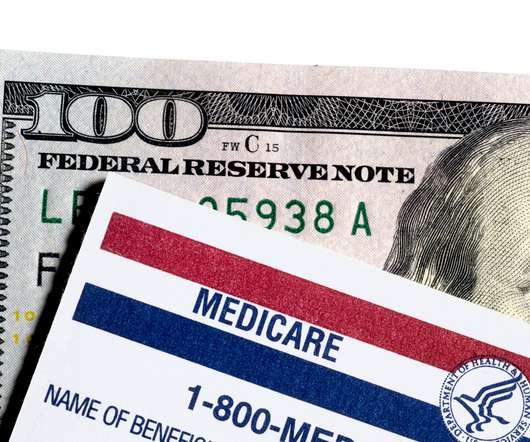More Working Americans Enrolled in High-Deductible Health Plans in 2017
Health Populi
FEBRUARY 23, 2018
workers were enrolled in a high-deductible health plan in the first 9 months of 2017, according to the latest research published by the National Center for Health Statistics, part of the Centers for Disease Control in the U.S. Department of Health and Human Services. million Americans in 2017. Over four in 10 U.S.












































Let's personalize your content